How To Get A Wider View With Fisheye Lenses
Ultra-wide lenses give you a fantastically broad field of view, but it is
actually possible to go even wider. Fisheye lenses give you an extreme field of
view, but at a cost. Fisheyes have a lot of spherical distortion. This means
that straight lines might get bent dramatically and at the middle of the frame
can get very bulbous.
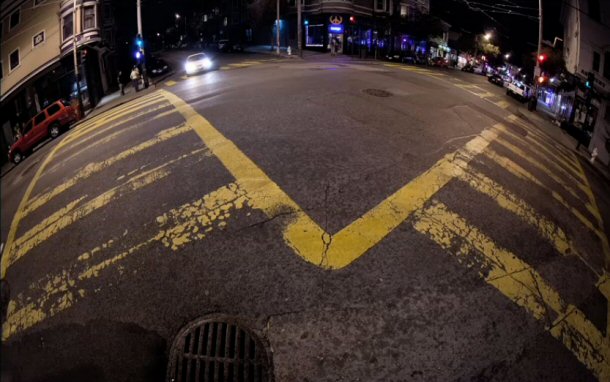
Because they lack rectilinear correction, fisheye lenses can actually have a
wider field of view than a rectilinear lens of the same focal length. So the
first advantage of the fisheye is that it simply gives you a wider field of
view, more so than even an ultra-wide.
Spherical Distortions
But I also think of that spherical distortion as a possible advantage sometimes.
In certain situations, having those curved crazy lines can add a lot of visual
interests to your scene and can make a somewhat stead scene much more dynamic.
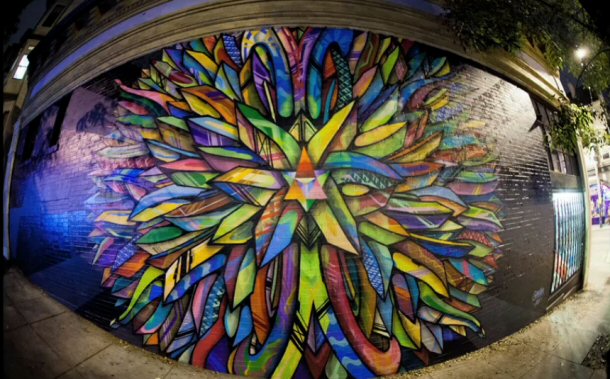
So here is a Sigma and here is another fisheye which I will mention in a
moment.
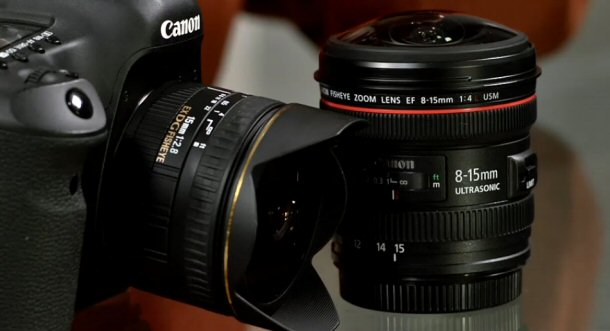
Look at both of these, the front element is incredibly spherical. This is how
the fisheye lens is able to gather such a wide field of view, but this big
spherical glass on the front means that you cannot put lens filters on these
lenses. You can see that there really are no lens threads here.
Now, the Sigma technically comes with a cap that has threads in it. But on my
full-frame camera, when I put a cap on the end of the lens, the cap is actually
visible on the frame, so this still is not a solution. If you really need to use
a filter on your fisheye lens, check out the Wonder Pano System, which offers a
way to mount filters on lenses that do not offer lens threads. Be careful when
you are using filters on a lens this wide, though. Just as with ultra-wide,
polarizers are going to be a very bad idea on a fisheye.
Built In Sun-Shade
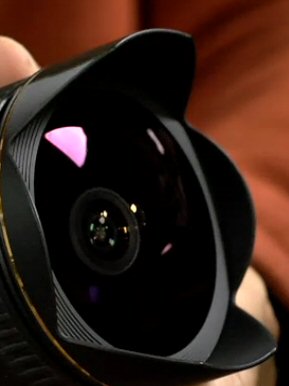 Now,
you can also see that this Sigma has a built-in sun shade with a very specific
shape. Now,
you can also see that this Sigma has a built-in sun shade with a very specific
shape.
Because they are so wide, fisheyes are very susceptible to flare, so you need
to be constantly on the lookout for it when you are shooting. And not just flare
from the sun, if you are shooting indoors, lights anywhere in the room can
create flare problems because the lens is so wide.
Wider Fisheyes
Now, while this lens is very wide, there are even wider fisheyes, such as the
Canon 8-15-mm zoom fisheye (first image above). In addition to having a wider
field of view and much more pronounced distortion, a fisheye like this does not
always fill the entire frame of your camera. In fact, at 8 mm, this lens
produces an image with a very strange shape. These images have to be cropped so
they may not be printable at the sizes that you are used to straight out of your
camera.
If you really want to use every pixel, and you want to be able to see the
exact framing of your shot in camera, then a fisheye that goes this wide may not
be for you. Note that if you put either of these lenses on a crop sensor camera,
you'll lose a lot of the fisheye effect. Most of the visible distortion on a
fisheye happens at the edges of the frame and your cropped sensor camera will
crop those parts out.
So if you are shooting with a cropped sensor camera, you want to be sure to
get a fisheye designed for smaller sensors, typically, these fall on the 10 to
10 & 1/2-mm range. Fisheyes are great for all of the same situations as
ultra-wide, and they come with all of the same shooting concerns. You need to
really pay attention to your entire frame when you are shooting with a fisheye,
because there are lots of details to keep track of, both in terms of composition
and exposure.
Donít Be Seen In The Picture
One of the concerns when using an ultra wide lens is that you need to be careful
that you do not get your own shadow in the frame. That is true with the fisheye,
but with the fisheye you also need to be careful that you do not get your own
body in the frame. Yes, fisheyes can actually shoot that wide.
feet in the bottom of pictureIf you have the camera tilted down, it is
possible you will see your own feet or legs. So be sure to keep an eye on the
bottom of the frame anytime you start tilting the camera down.
A lot of people avoid fisheyes lenses, because they think they yield images
that are too weird or too recognizable as a fisheye, but with modern fisheye
optics and a little care, you can really create some great images that are not
upstaged by their own fisheye-ness. So if you have already got an ultra-wide,
and you really like it, you should try out a fisheye. You may find that it opens
your eyes up to a new type of imaging.
Getting The Most Out Of Your Fisheye Lens
Your fisheye lens is great for cramming a really big space into your frame. One
of my previous assignments required to me to visit a derelict building and I was
facing a very big boiler. I really wanted to capture it all because the ceiling
had a beautiful texture on it, the boiler is a really interesting thing, there
was all sorts of decay all the way around. With my fisheye lens, I can very
easily turn that huge field of view onto the subject, and I get this.
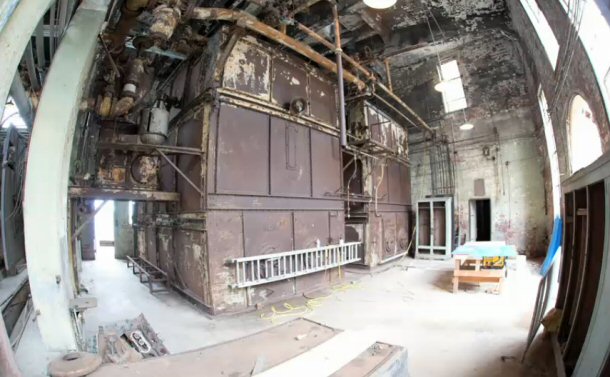
So compositionally, this is not going to win any awards, but it is a really
nice document of the scene, and it is showing me everything that is in the
frame. That is what I was hoping to get. But check out the exposure, the
exposure is really off.
Experimenting With Exposure
Now, this is something you are going to run into when you shoot with a fisheye,
particularly in a situation like this where we have got a really varied lighting
situation. We have got a big dark shadowy boiler in the middle of the frame and
then I have these bright lights on the edge through the open doorways. That is
what's messing up my meter. The fisheye is wide enough that it is picking up the
doors which you can see on the edge of the frame and the brightness of the
floor, but it is also tall enough that it is trying to reach into the shadows.
It has metered overall pretty well. Actually, I have got good shadow detail,
and I have pretty good detail on the floor and the bright highlights. This is
something you are going to run into the first minute you put your fisheye lens
on, it is just so wide your meter can get confused.
The Options
Now, you have got a few options for how to deal with this. You could switch to
spot metering and meter off of the floor to get it properly exposed. So I
metered in and I locked into that exposure, reframed my shot, and I get this.
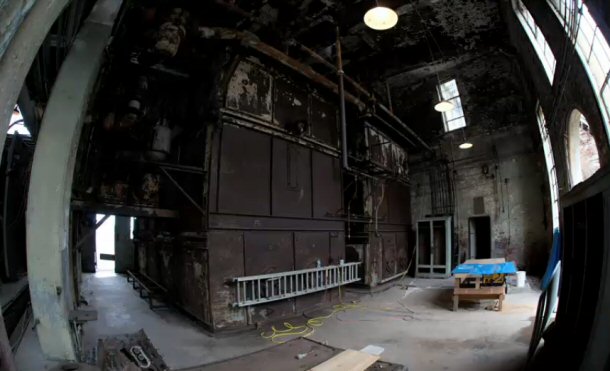
Now, the floor is metered properly now, but everything else is way too dark.
I could try to brighten that up in my image editor, but anytime you head towards
brightening up something, particularly something as dark as this, you are going
to run the risk of introducing more noise into your image. That is also kind of
a drag of a way to shoot. I am using a meter here, and then I reframe, and make
sure that I do not lose focus, and make sure that I have locked my metering and
all that kind of stuff. So I am really not a fan of spot metering in this
instance.
Full Matrix Metering
Instead, I am going to try something else. I am going to make sure that I am on
my full matrix metering or evaluative metering, depending on what your camera
calls it. This is where it is going to analyze the entire frame and come up with
a good overall metering. This is what I think I was doing before. I was not
really paying attention obviously, so let us take a look at this.
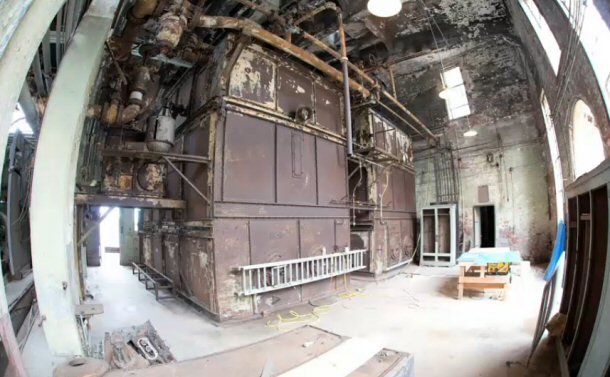
Yes, that is a matrix-metered shot. It has done a good job overall, but
things are a little over-exposed on the foreground. I am simply going to tell it
to under expose using Exposure Compensation. I am going to dial in one stop of
under-exposure. I am shooting on Aperture Priority mode, so I know that it is
going to hold the aperture that I want as it does this under-exposure. So that
is going to ensure that I continue to get the depth of field I want. And now, I
am starting to get some more detail back on my floor. I think I am going to go a
little bit further, though. I am going to go two stops under, and it is fine to
just experiment like this until you get something that looks like it is a little
better exposed.
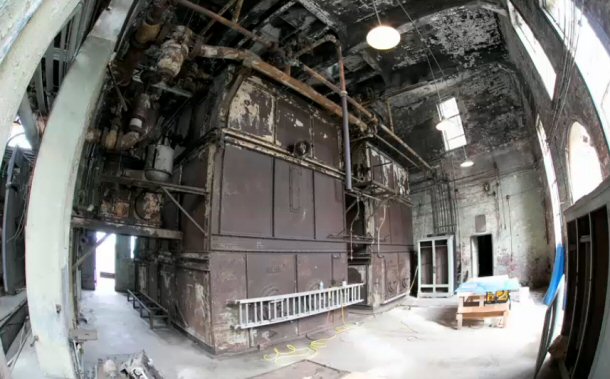
So, now I have got more detail on the floor. I do not have to worry about
those highlights. I also do not need to compromise too much with my shadows.
HDR Approach
Finally, there is one other approach I can take, and that is to go to an HDR
approach, that is shooting three frames metered differently that I am then going
to combine later using HDR software.
I am actually going to go ahead and dial in some under-exposure because I do
not think I need super bright highlights in here because it will keep my shutter
speeds up and that will give me easier handheld shooting. So these are my three
RAW shots.
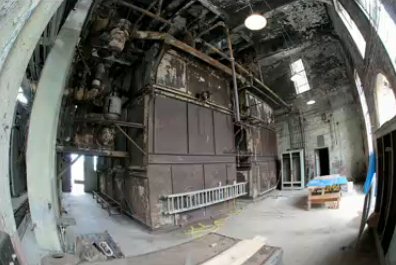
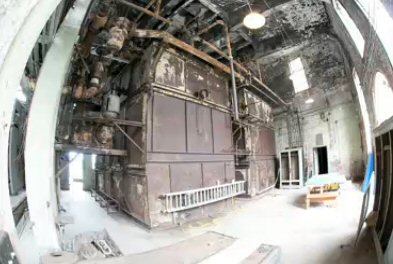
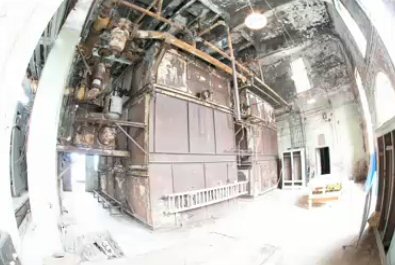
And if I merge those together I get this, so this is another approach.
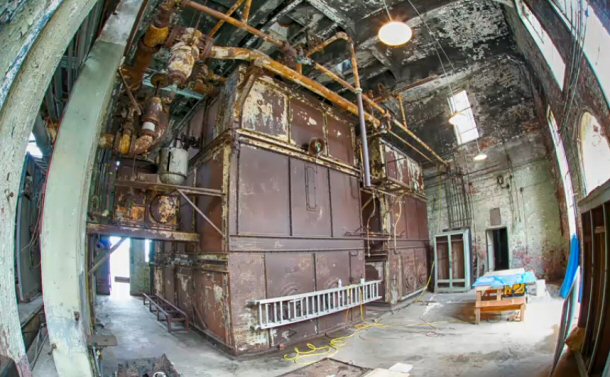
Conclusion
So lots of different options here for getting my exposure right in a situation
like this. The important thing to take away from this article is an
understanding and appreciation for the images you can capture with a fish eye
lens. Sometimes you have to mess around with your settings because you are
pulling in such a wide field of view that you are going to have a variety of
lights sources that may confuse your metering, and you are going to have to pay
very close attention to your highlights, and employ some kind of strategy for
getting that exposure under control. But overall fisheye lens create unique and
fun images.
Photography
Taking Pictures With 24mm (or less) Lenses
How To Get A Wider View With Fisheye Lenses
How To Take Pictures In Infrared
8 Photographic Compositions an Amateur Can Try
Beginnersí Guide to Taking Photos |